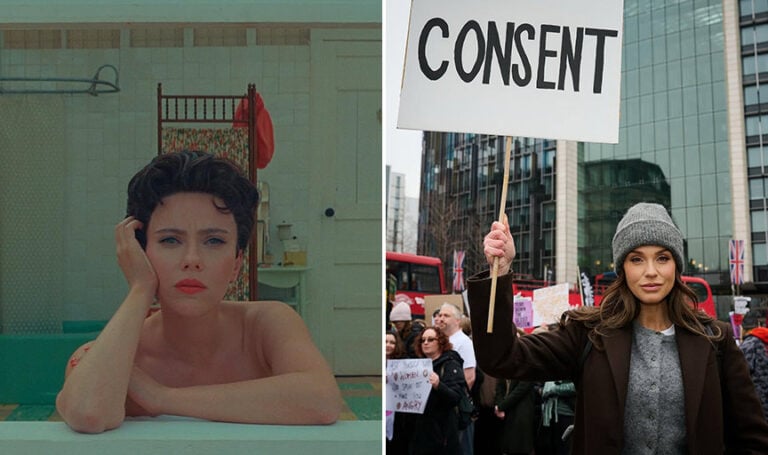Channel 4 documentary heavily criticised for producing nonconsensual deepfake of Scarlett Johansson

As our society continues to grapple with the consequences of deepfake technology, women in the public eye are shouldering the burden of a lack of protection for one’s imagery and artificial likeness. The newest deepfake controversy revolves around the Channel 4 documentary Vicky Pattison: My Deepfake Sex Tape. Although the documentary was supposed to highlight how vulnerable women are to having their likeness misused in the absence of sufficient regulation, it ended up potentially violating the Sexual Offences Act 2003 by showing AI-generated footage of Scarlett Johansson in lingerie.
This, ironically, made the documentary complicit in something it was trying to combat and revealed the challenges of ethically and considerably addressing deepfake pornography.
The documentary presents a detailed overview of how easily these videos can be created, who is behind them, and what—if anything—can be done about it.
Reality TV show star Vicky Pattison presents this controversial film, and speaks to victims, police and politicians, including Baroness Owen of Alderley Edge, during the course of it.
At the heart of the film is a rather dubious idea: Pattison creates her own fake “sex tape” to highlight exactly how accessible these tools are, and how easily they can be abused for nefarious motives.
“We’re actually going to produce our own deepfake, of me. And release that on social media sites,” Pattison told Cathy Newman, Channel 4’s news anchor, who herself had been victimised through artificial nudes.
Yet, journalists at The Telegraph and The Guardian have slammed this approach as “rather wrong-handed,” noting that it “totally misses the point of what it’s like to experience this abuse.”
It was stressed that the documentary never thoroughly explained why it would be necessary to subject Pattison to the humiliation of seeing an artificial version of herself participate in a variety of sexual acts. Especially in light of the many women, particularly celebrities, who have taken legal action to stop the dissemination of deepfake pornography. It seemed highly counterintuitive, even reckless, to answer their calls for more legal safeguards by spreading more of the sensitive material.
Nevertheless, the Geordie Shore star was still able to consent to the experience, giving her agency and choice in the matter.
Yet, the programme also featured a segment that showed a deepfake version of Scarlett Johansson in lingerie, lying on a bed strewn with underwear and heart-shaped petals. As this image was shown, a voiceover said: “Over the past decade there has been a trend of using AI to create videos of celebrities like Scarlett Johansson and Margot Robbie in highly explicit and degrading scenarios.”
It immediately became clear that an essential line had been crossed. By depicting the actor in such a way, without her explicit consent, the documentary went from highlighting abuse to perpetuating it.
According to The Guardian, lawyers specialising in the field of sexually explicit AI-generated imagery have suggested that this could mean that Channel 4 is in violation of the Sexual Offences Act 2003.
It defines the words “consent” and “sexual” within legal bounds and specifically forbids nonconsensually sharing computer-generated imagery which appears to show someone in underwear.
“It could, I think, breach the Sexual Offences Act if this were a deepfaked image of someone taken without their consent,” says Clare McGlynn, a professor of law, who specialises in the legal regulation of pornography. SCREENSHOT also spoke to the expert last year due to an avalanche of artificially created porn of the actor Sydney Sweeney that was flooding X, formerly Twitter.
The backlash to the Channel 4 documentary was very imminent, with many criticising the lack of sensitivity with which the topic was handled.
A review of the material by SCREENSHOT indeed found that the act of creating deepfake porn without sufficient explanation and lack of care while creating it on behalf of others highlighted a lack of ethical standards and safeguards on the production side.
Most disturbingly, however, it exploited artificial pornography for shock value and engagement, with no evident regard for the affected women behind it.





